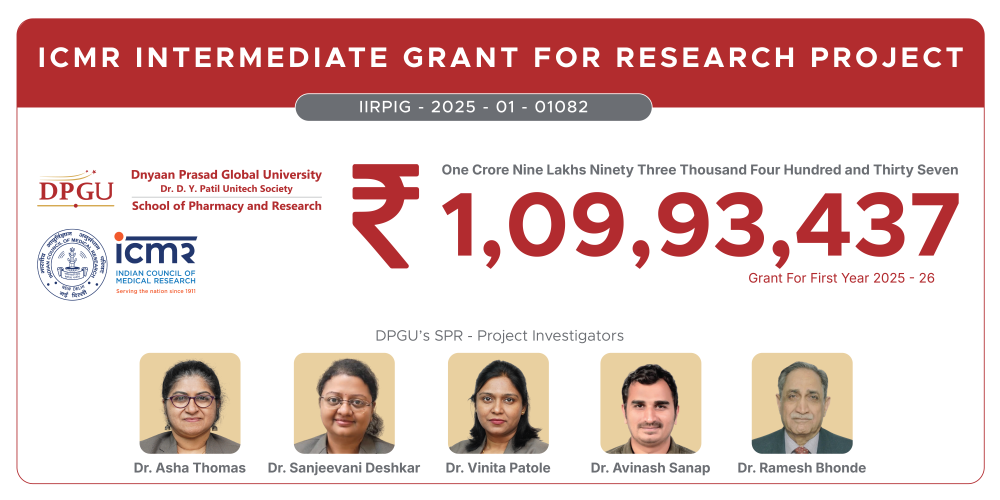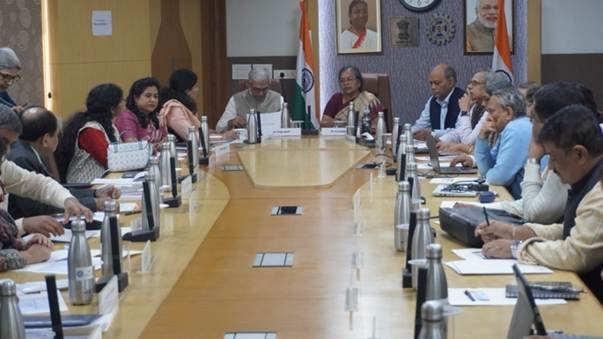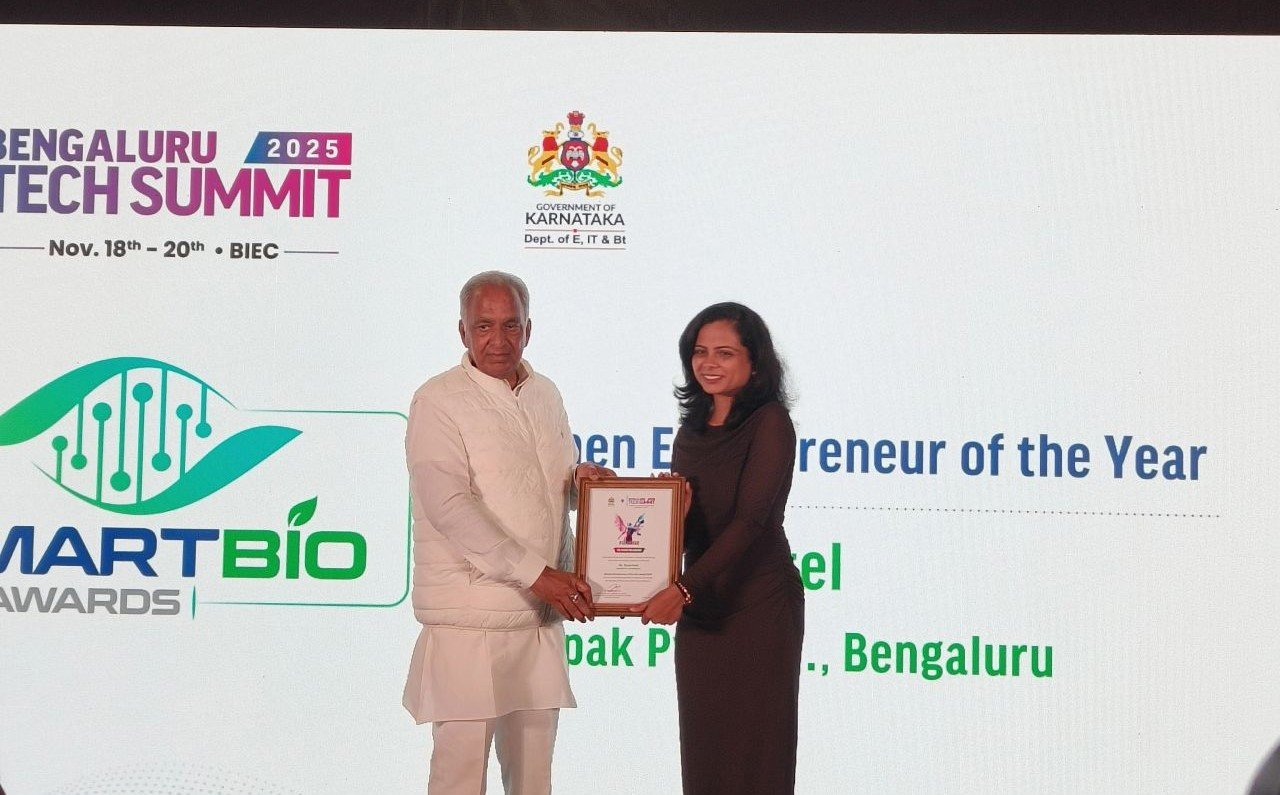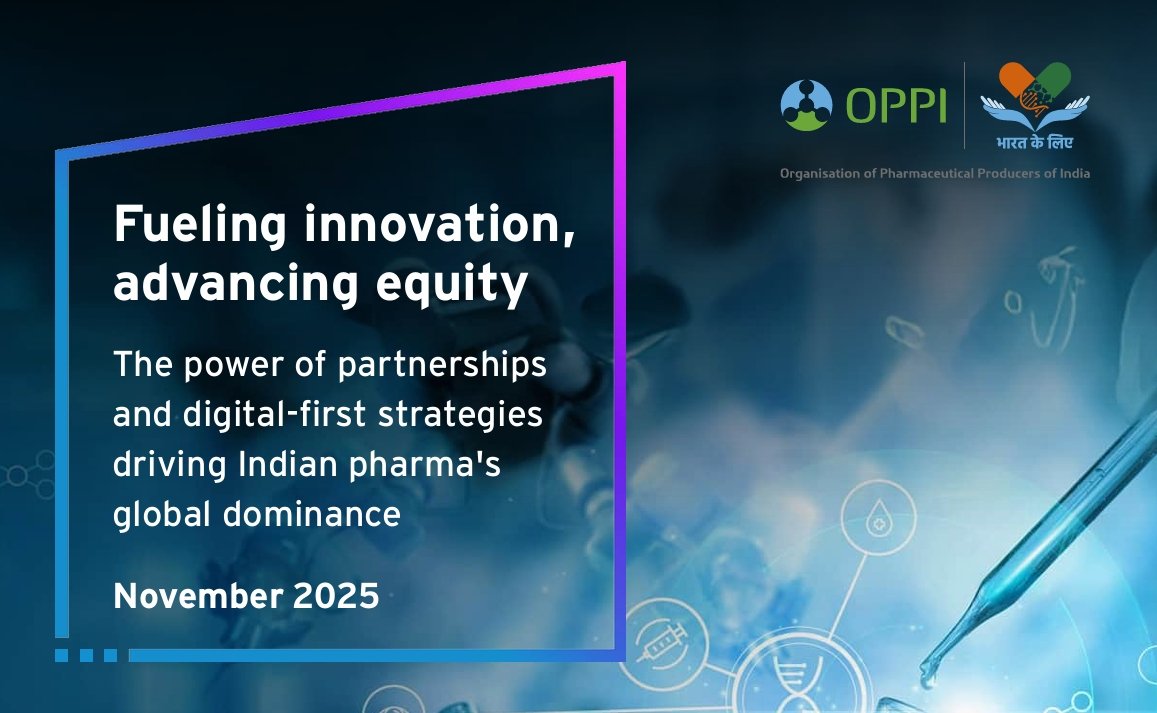Indian biotechnology needs truth, not hype
October 20, 2003 | Monday | News
 Truth is the most powerful weapon in the world. This becomes
particularly important in the emerging areas of technology such as
biotechnology. Today informed public opinion around the world has become
extremely wary of unethical and false claims about products that are marketed by
high-pressure advertising and endorsements from familiar faces. As they have
little or no technical knowledge of parameters that would define the quality of
the product they are endorsing, leave aside the extent to which the quality
criteria are really satisfied by the product.
Truth is the most powerful weapon in the world. This becomes
particularly important in the emerging areas of technology such as
biotechnology. Today informed public opinion around the world has become
extremely wary of unethical and false claims about products that are marketed by
high-pressure advertising and endorsements from familiar faces. As they have
little or no technical knowledge of parameters that would define the quality of
the product they are endorsing, leave aside the extent to which the quality
criteria are really satisfied by the product.
People around the world and now even in our own country are
becoming increasingly aware of the technological complexities of the new
products (be they seeds or cars). It is a cliché that for new technology
products to succeed, the confidence of people in the technology must be high.
Therefore, for the success of biotech products, we need to present the truth,
the whole truth and nothing but the truth about them to the people. Only
recourse to this time-tested prescription will lead to public acceptance of
biotechnology. Not only that, the larger number of mistakes we make in this
regard now, the greater would be the effort required for acceptance of the truth
later by the public. Once bitten, twice shy!
Today in UK as perhaps in the rest of Europe, four out of
five people are totally opposed to GM food (food prepared from genetically
manipulated organisms). This is the consequence of the greed of multinationals
and their desire to control people around the world, which has led to an
uncalled for and unproven hype about GMOs (Genetically Manipulated Organisms)
released in the environment and suppression of vital information about them. For
biotechnology to succeed, this greed must be replaced by true commitment to
public good and truth.
Let me give a specific example of the so-called golden rice.
I was concerned at the hype surrounding the initial announcements about this GM
rice. The public was given the impression that this rice will take care of the
entire requirement of vitamin A of an individual. Such a statement would be
extremely important for India where vitamin A deficiency affects a large
proportion of people and is one of the four major nutritional health problems of
the country. However, when we got down to the brass tacks and did our
arithmetic, it was found that only a miniscule fraction of the daily requirement
of vitamin A will be taken care of by the amount of rice one normally consumes
in our country in one day. When I pointed out this to the inventor of golden
rice at a meeting in Chennai on 30th October 2002 organized by National Academy
of Agriculture, I was told that the daily requirement of vitamin A prescribed by
WHO was unrealistic–that is, far too high! Should WHO standards set up after
stringent analysis cease to be a benchmark when they are inconvenient? Besides,
for meeting even the prescribed WHO requirement of vitamin A, there are other
cheaper and better sources already available. We have carrots available
abundantly. A marine biotechnology company located at Tiruchendur is already
producing beta-carotene using a marine alga and a low-cost production process
that exploits sunshine and ambient temperature. Our problem with vitamin A
deficiency is not the lack of sources of vitamin A but the lack of buying power.
This is not to underrate the elegant work that led to the production of golden
rice, but only to emphasize that the hype generated by the Department of
Biotechnology (DBT) regarding golden rice has done a disservice to the cause.
This is surely not where our country should invest in
biotechnology.
The same has been true of Bt cotton. To cite just one
example, no protagonist of Bt cotton has spoken about the official governmental
report (2002) of the Nanjing Institute of Environmental Sciences of the State
Environmental Protection Administration of China on the impact of Bt cotton on
non-target organisms and the development of resistance of cotton bollworm to Bt
cotton there. On the other hand, the public has been always led to believe what
a tremendous success Monsanto's Bt cotton has been in China.
Let us now look at what is stated in the above report. The
following quotes from the report (annotations that are not in quotes are mine)
should give the reader a flavor of this report.
-
"Domestically developed Bt cotton accounts for one
third of Bt cotton seed market and this percentage should increase over the
next few years." The percentage of acreage under Monsanto's Bt cotton
has progressively declined from 1998 onwards. The question one may ask in
the Indian context is-Why did we not make our own Bt cotton as China did,
when one of the purposes of setting up the DBT in 1986 was to do precisely
this kind of work?
-
"The populations of parasitic natural enemies in Bt
cotton fields are significantly reduced."
-
"Bt cotton is not effective in controlling many
secondary pests, especially sucking pests. Field experiments showed that the
population of secondary pests, such as cotton aphids, cotton spider mites,
thrips, lygus bugs, cotton white fly, cotton leaf hopper and beat armyworm
increased in Bt cotton fields after the target pest–bollworm had been
controlled. Some pests replaced bollworm as primary pests and damaged cotton
growth". Shouldn't we have had similar data for our country by now in
respect of Bt cotton?
-
"A higher insect dominance in Bt cotton than in the
non-Bt control suggests an increased potential for pest outbreaks for
certain pest species in Bt cotton fields".
-
"Both laboratory tests and field monitoring have
verified that cotton bollworm can develop resistance to Bt cotton".
"The resistance of Bt cotton to bollworm decreases
-
over time, and control is not complete in the third and
the fourth generations. In fact, farmers must use chemicals two to three
times to control bollworm".
-
"There are not yet effective measures to postpone
resistance development or to resolve the resistance problem. A high-dose of
the Bt toxin protein is considered difficult to obtain, and the refuge
mechanism is not easily implemented. In addition, the high dose assumption
and refuge design have theoretical shortcomings". In fact, Science
(2003, vol. 299, p. 1013) has recently reported that in China, Bt cotton is
not recommended for small farms. In our country, we have only small farms.
If those who are advocating the use of Bt cotton in our
country, including the DBT have any commitment to truth shouldn't they take
the above into account when "selling" Bt cotton to ignorant and
trusting farmers?
The latest addition to the hype is the GM potato also
sponsored and publicized by the DBT. First, it is no big deal to make a GMO
today–even a GMO with a better or higher protein content as is claimed for DBT's
GM potato. Secondly, GM potato does not make any sense from the point of view of
nutrition as has been well argued by Ramesh Bhat and S Vasanthi of the National
Institute of Nutrition at Hyderabad, in The Hindu of 24th July 2003. It is
claimed that the GM potato contains 45 percent more protein than traditional
potatoes. The protein content of the ordinary potato is 1.6 grams per 100 grams.
Ramesh Bhat and Vasanthi state, "According to the National Nutrition
Monitoring Bureau, the intake of potato by school children is about 30 grams per
day". The protein intake from GM potato would thus be 0.7 grams per day
which would meet the Recommended Daily Allowance (RDA) of protein only to about
2 percent in school children. Simple arithmetic would tell the reader that to
meet the RDA for protein from GM potatoes alone, the children would need to
consume 1.5 kg of potatoes per day!
The DBT also claims that "transgenic potato leads to a
high increase in all essential amino acids with corresponding increase in total
protein content". These claims, as Bhat and Vasanthi also say, are not
substantiated by the available data. There is also another important point that
worries me. Our dietary guidelines state, "A nutritionally adequate diet
should be taken through a wide choice from a variety of foods." As Bhat and
Vasanthi say in the above mentioned article, "The over-enthusiasm of
promoting GM technology by claiming miraculous solutions to solve malnutrition
problems in India would harm the credibility and interest of the transgenic
technology." Well said, but who is listening?
PM Bhargava
Pushpa M Bhargava is one of India's most
brilliant scientists. He founded and directed the Centre for Cellular and
Molecular Biology (CCMB), Hyderabad.His scientific contributions include the
preparation, characterization and use of primary liver cell suspensions, and
characterization of new proteins, such as seminalplasmin, from the seminal
plasma. His over 70 major honours and awards include the Padma Bhushan, the
Legion d'Honneur, and the National Citizens Award.


 Truth is the most powerful weapon in the world. This becomes
particularly important in the emerging areas of technology such as
biotechnology. Today informed public opinion around the world has become
extremely wary of unethical and false claims about products that are marketed by
high-pressure advertising and endorsements from familiar faces. As they have
little or no technical knowledge of parameters that would define the quality of
the product they are endorsing, leave aside the extent to which the quality
criteria are really satisfied by the product.
Truth is the most powerful weapon in the world. This becomes
particularly important in the emerging areas of technology such as
biotechnology. Today informed public opinion around the world has become
extremely wary of unethical and false claims about products that are marketed by
high-pressure advertising and endorsements from familiar faces. As they have
little or no technical knowledge of parameters that would define the quality of
the product they are endorsing, leave aside the extent to which the quality
criteria are really satisfied by the product.






